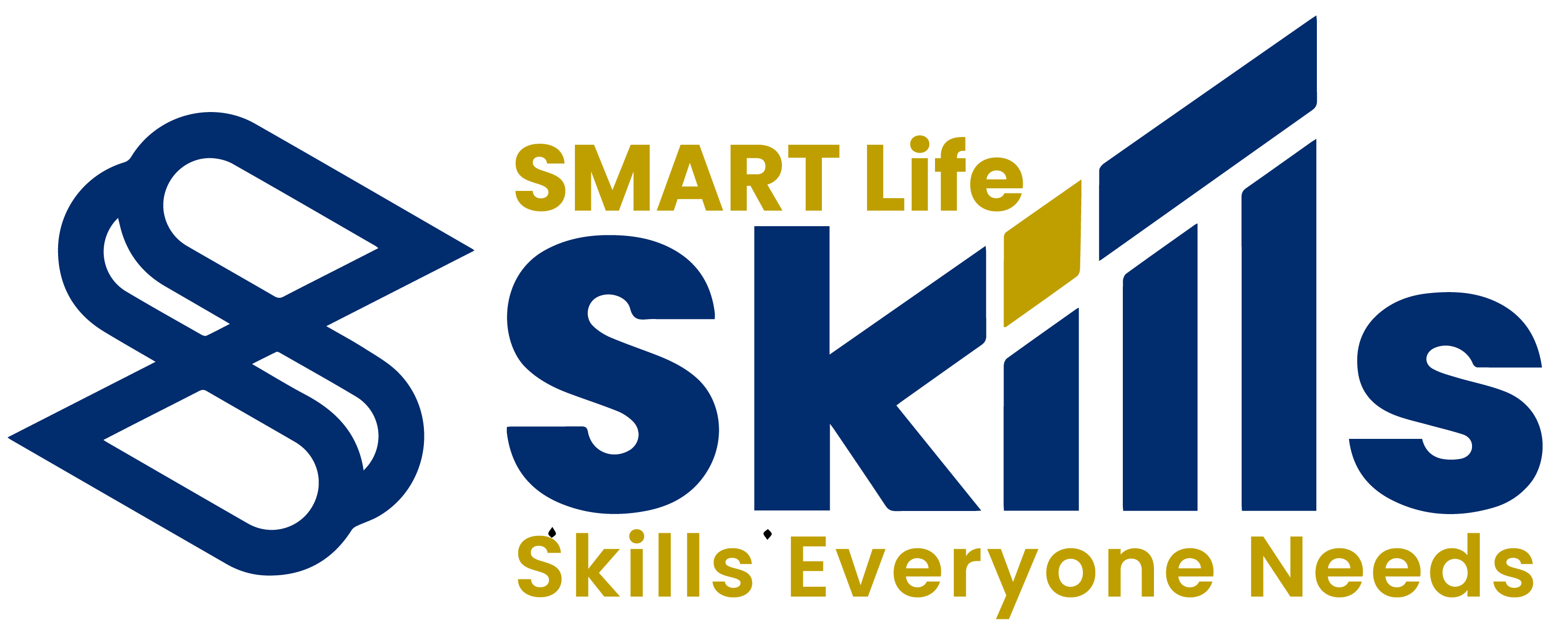In recent years, employee well-being has evolved from a peripheral concern to a strategic imperative in Human Resource Management (HRM). Organisations are increasingly recognising that happy, healthy employees are not just more productive—they are foundational to long-term success. This realisation has prompted companies to integrate well-being into their core business strategies, shifting away from reactive wellness programmes to more proactive, systemic interventions.
The onset of the COVID-19 pandemic served as a watershed moment, exposing significant vulnerabilities in employee mental health and work conditions. As Aziz, Kapilashrami and Majdzadeh (2025) underscore, the crisis magnified disparities in workforce resilience and accelerated the need for robust, evidence-based well-being models across sectors.
1.0 Defining Employee Well-being
Employee well-being refers to a multidimensional construct encompassing physical, mental, emotional, and social health within the workplace. According to Guest (2017), it includes elements such as autonomy, job satisfaction, positive interpersonal relationships, and work-life balance. The Chartered Institute of Personnel and Development (CIPD, 2023) defines it as “creating an environment to promote a state of contentment, which allows an employee to flourish and achieve their full potential.”
The concept aligns with Human Capital Theory (Becker, 1993), which views employees as assets whose well-being enhances organisational value. From a strategic HRM lens, investing in employee health and happiness is not only ethically sound but economically beneficial.
2.0 Strategic HRM Practices Enhancing Well-being
2.1 Work-Life Balance Initiatives
Flexible arrangements such as remote work, compressed hours, and job sharing have become pivotal in promoting balance. These practices are especially impactful for women in public sectors, where role strain is common (Gaboyan, 2025). Microsoft, for example, allows employees to customise their workweek, contributing to reduced burnout and improved retention.
2.2 Employee Assistance Programmes (EAPs)
EAPs offer confidential support, such as mental health counselling, financial advice, and legal aid. During the pandemic, their utilisation increased sharply, with a notable impact in high-stress sectors like healthcare (Aziz et al., 2025). EAPs are seen not just as crisis tools but as core components of psychological safety at work.
2.3 Well-being-Centred Leadership
Transformational and emotionally intelligent leadership plays a crucial role in fostering a well-being culture. Leaders who are empathetic and accessible create environments where employees feel supported (Avdimiotis et al., 2025). In the hospitality industry, such leadership has mitigated the impact of emotional labour and improved morale.
2.4 Training, Development, and Empowerment
Opportunities for career progression enhance psychological empowerment. When employees perceive that the organisation invests in their development, it boosts their intrinsic motivation and well-being (Latumahina & Syamsudin, 2025). For instance, companies like Unilever have linked learning pathways to their well-being programmes.
2.5. Inclusive Culture and Organisational Justice
A fair, inclusive, and supportive culture is essential for well-being. Structural inequities often manifest in workplace stressors for marginalised groups (Aziz et al., 2025). Initiatives such as bias training, pay transparency, and employee resource groups (ERGs) promote a sense of belonging and reduce exclusion-related distress.
3.0 Measuring Employee Well-being
To be strategic, well-being must be measurable. HR professionals use a combination of quantitative and qualitative tools, such as:
- Pulse surveys and engagement scores
- Absenteeism and turnover rates
- Psychosocial hazard assessments
- Qualitative interviews and focus groups
For example, Watt (2025) found that organisations that implemented multisensory workspaces (natural lighting, quiet zones, plants) saw measurable declines in stress indicators and improved energy levels among staff.
4.0 Consequences of Ignoring Well-being
Failure to address well-being can lead to significant organisational costs, including:
- Presenteeism and absenteeism
- Decreased engagement and creativity
- Increased turnover
- Damaged employer branding
Satrya (2025) studied state-owned enterprises in Indonesia and found that poor well-being, driven by job insecurity and identity loss, significantly predicted turnover intention. The author recommended proactive well-being models embedded in employee engagement frameworks.
5.0 Sector-Specific Examples
5.1 Healthcare
Healthcare workers face chronic stress, especially nurses. Iwuh (2025) demonstrated that incorporating self-care education into HR strategies resulted in decreased emotional exhaustion and improved patient care outcomes.
5.2 Education
Teachers struggle with workload and low recognition. Aremu et al. (2025) advocated for physical redesign of schools and structured emotional support systems to combat burnout and attrition.
5.3 Hospitality and Tourism
High emotional demands and irregular shifts challenge staff well-being. Managers who validate emotional expression reduce exhaustion and promote loyalty (Avdimiotis et al., 2025).
6.0 Technology and the Future of Well-being
Technology and AI present both opportunities and threats to employee well-being. Automation can reduce repetitive stress but may also cause job insecurity. As Majumder and Misra (2025) suggest, HR must balance automation with empathy-driven change management, offering upskilling and reskilling pathways.
Moreover, wearable tech and AI-driven monitoring tools are being trialled to provide real-time data on emotional states, enabling timely interventions. Konstantinidis et al. (2025) argue that while these tools enhance insight, they must be governed by strict privacy standards.
7.0 Well-being Frameworks in Practice
One popular model is the PERMA framework by Seligman (2011), which identifies five core well-being pillars:
- Positive Emotion
- Engagement
- Relationships
- Meaning
- Accomplishment
HR departments can align reward systems, recognition platforms, and career planning to these dimensions. For example, Google uses PERMA to design “Thriving” employee experiences, combining purposeful work, flexibility, and social connectedness.
8.0 Sustainable and Ethical HRM
Sustainable HR practices, which incorporate ethical decision-making and employee-centred policies, are now recognised as fundamental to long-term organisational health (Fonceca & Asissiya, 2025). This includes initiatives such as:
- Mental health days
- Ethical hiring practices
- Remote work infrastructure
- Transparent feedback systems
The integration of sustainability, ethics, and well-being aligns HRM with the UN Sustainable Development Goals (SDGs), particularly Goal 3 (Good Health and Well-being) and Goal 8 (Decent Work and Economic Growth).
The evidence is unequivocal: happy employees do create healthy organisations. Well-being is no longer a “nice-to-have” feature but a strategic driver of engagement, performance, and sustainability. HR leaders must transition from reactive, compliance-led interventions to proactive, integrated strategies rooted in inclusion, leadership, and personalisation.
In an age where talent is mobile and mental health is under the spotlight, investing in employee well-being is not just good business—it is an ethical obligation. The future of work demands it, and the future of organisations depends on it.
References
Aziz, R., Kapilashrami, A., & Majdzadeh, R. (2025). Mind the ‘inequality’ gap: intersectionality-informed scoping review of inequalities and adverse experiences of health and care workers globally. BMJ Global Health.
Avdimiotis, S., Stamovlasis, D., & Konstantinidis, I. (2025). Do hotel managers deal with employees’ emotions? Worldwide Hospitality and Tourism Themes.
Becker, G.S. (1993). Human Capital: A Theoretical and Empirical Analysis with Special Reference to Education. University of Chicago Press.
CIPD (2023). Health and Well-being at Work 2023 Report. https://www.cipd.co.uk
Fonceca, C.M. & Asissiya, C.M. (2025). Sustainable HR Practices and Employee Well-being. Journal of Academia and Industrial Research.
Gaboyan, M. (2025). Work-Life Balance Challenges for Women in Public Sector. CalState ScholarWorks.
Guest, D. (2017). Human resource management and employee well-being: Towards a new analytic framework. Human Resource Management Journal, 27(1), 22–38.
Iwuh, D. (2025). Preventing Nurse Burnout through Self-Care Strategies. Walden University.
Latumahina, J., & Syamsudin, S. (2025). Psychological Empowerment and Leadership in Higher Education. Jurnal Multidisiplin Ilmu.
Majumder, S. & Misra, B. (2025). Employee Engagement Models. In AI & Patterns in Employee Engagement, Springer.
Satrya, A. (2025). Job Insecurity and Well-being in State-Owned Enterprises. Eduvest Journal.
Seligman, M.E.P. (2011). Flourish: A Visionary New Understanding of Happiness and Well-being. Free Press.
Watt, T. (2025). Multisensory Workspace Design and Well-being. ProQuest Dissertations.









